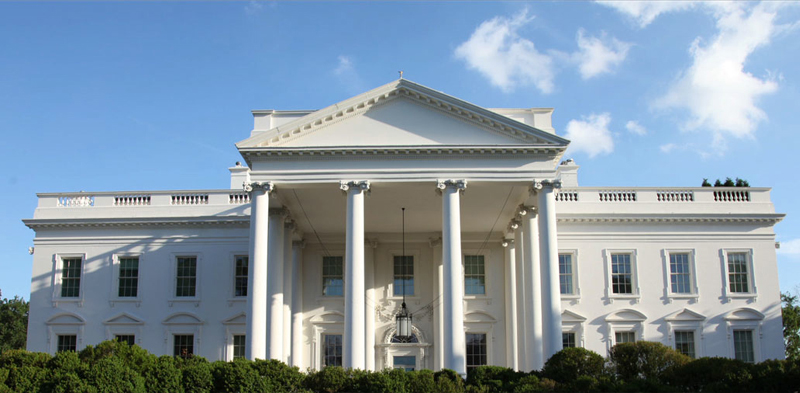After a bill passes both the House of Representatives and the Senate, the President must sign the bill before it becomes a law. The President is part of the Executive Branch, which implements and enforces laws.
The Executive Branch includes the President, Vice President, the Cabinet (made up of the heads of federal Executive Agencies, like the Department of the Interior), and federal Independent Agencies (like the Environmental Protection Agency).
Here are a few ways you can advocate to the Executive Branch:
- Provide comments to a federal agency when laws are being interpreted by that agency, a period called “informal rulemaking.” Comment periods usually last 30 to 60 days and allow anyone to provide their thoughts on how a federal agency is interpreting a law. New comment periods are announced on the Federal Registrar, a website that publishes daily updates on documents from the federal government.
- Advocate to your tribal government leadership to participate in tribal consultation. Tribes have a “government-to-government” relationship with the federal government and can provide input about federal policies through a process called tribal consultation. Learn more about tribal consultation.
- Create or sign a petition to the White House. The We the People website is a petitioning system founded by the Obama Administration.
Author: Abaki Beck (Blackfeet and Red River Metis) is a freelance writer and public health researcher passionate about health equity in Native communities, particularly for justice-involved community members. She earned her Master’s in Public Health in 2020 and grew up in Montana.


